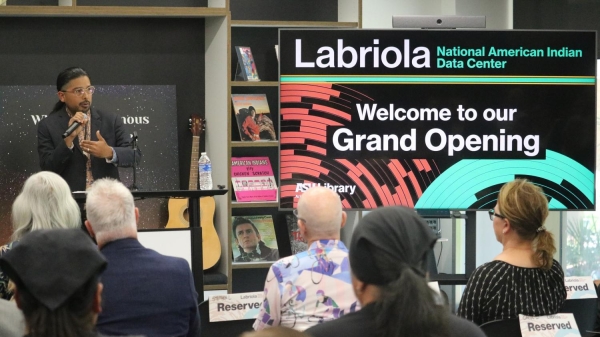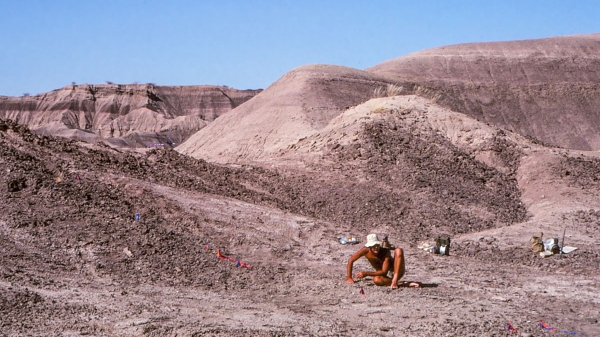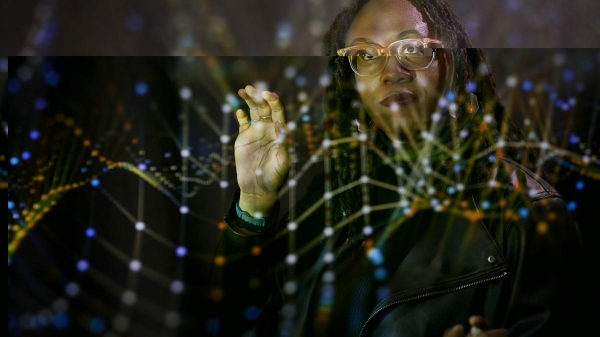ASU professor says city planning is key to combating urban heat
New research suggests that the number of Americans exposed to extreme heat could quadruple by 2070. ASU sociology professor Sharon Harlan uses Phoenix as a living laboratory in which to examine the human effects of urban heat. Photo by: Shutterstock
In the opening weeks of this summer thousands of people across the globe succumbed to heat-related deaths, and more loss is imminent. While Pakistan, India and Europe have been hit the hardest, the U.S. is not immune to the ravages of extreme heat and, like the rest of the world, is expected to face increasingly dire fallout in the years to come.
New findings by researchers at the City University of New York and the National Center for Atmospheric Research show the number of Americans exposed to extreme heat could quadruple by 2070.
Not only is climate change amping up the heat, but burgeoning urbanization is centering people in dense, built-up areas where heat is often at its worst.
Inside Climate News recently reported on the situation and asked Arizona State University sociologist Sharon Harlan to offer insight.
Harlan, who has done long-term research on the human effects of urban heat, emphasized the need for advanced planning that accounts for the most vulnerable populations, like the poor, elderly and sick, who are more inclined toward heat-related health issues. In addition, the poor often have homes ill equipped to handle high heat or are unable to afford air conditioning.
She promoted city planning that includes shade trees and landscaping that reduces temperatures, as well as energy-efficient buildings that deflect heat.
"We need to look toward the future and do the kind of planning to change lifestyles and address climate change issues," said, Harlan, a professor in the School of Human Evolution and Social Change in the College of Liberal Arts and Sciences. "A lot of what the future holds involves a public policy discussion and everyone's recognition of what they need to do to protect themselves."
Article source: Inside Climate NewsMore ASU in the news

ASU celebrates new Tempe campus space for the Labriola National Data Center

Was Lucy the mother of us all? Fifty years after her discovery, the 3.2-million-year-old skeleton has rivals
